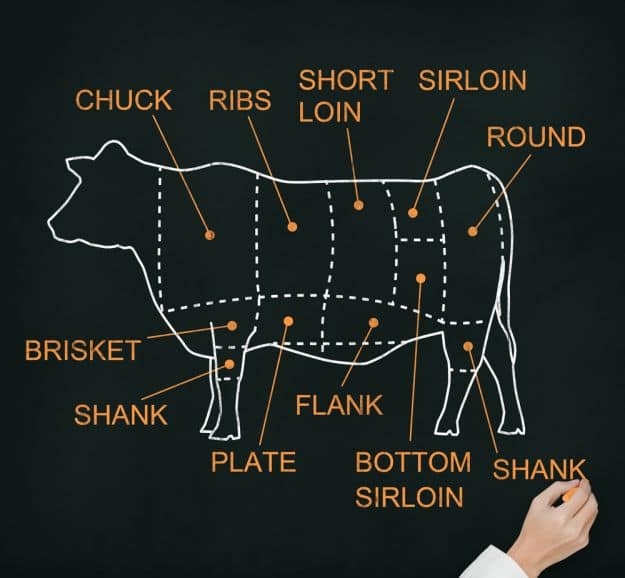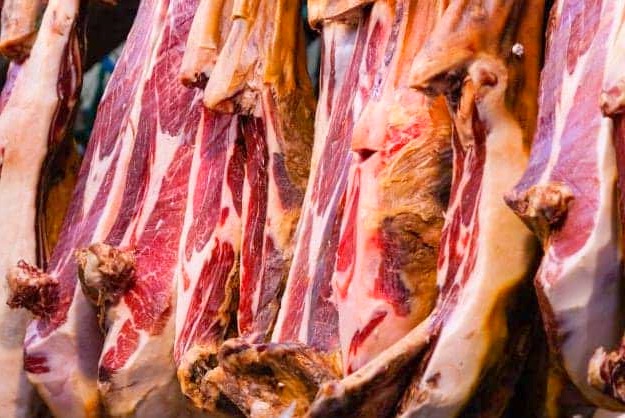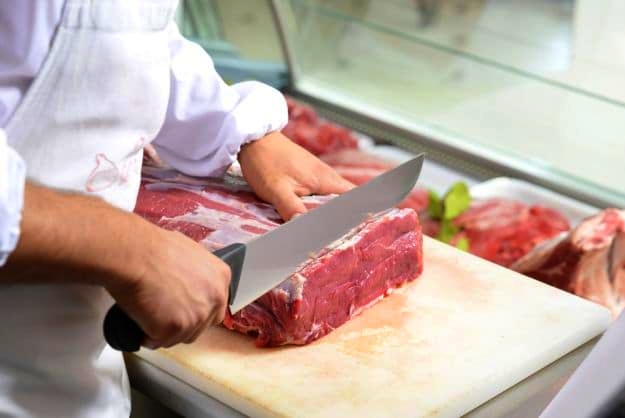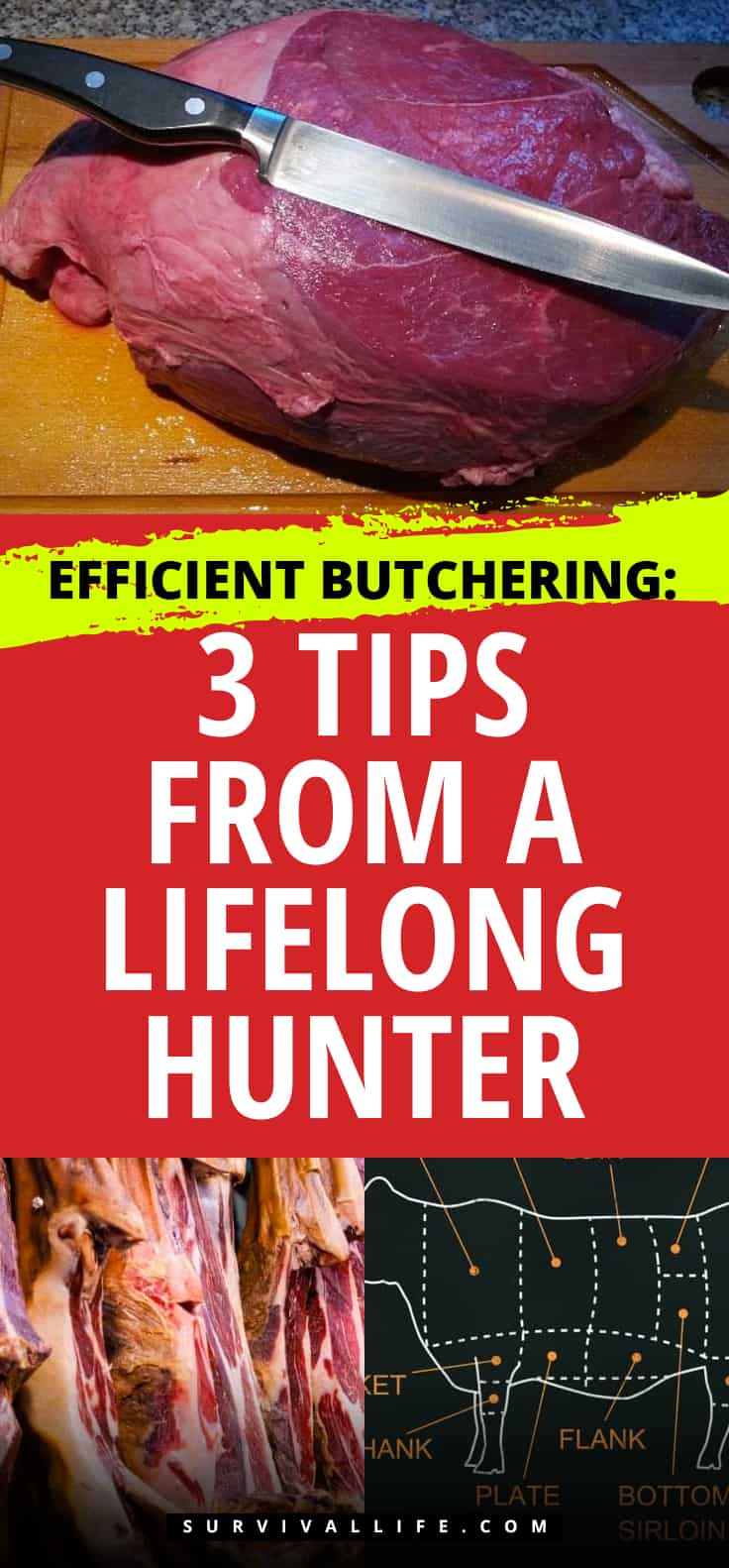Butchering your own kill is the only way to make sure you get the most bang for your buck with your meat, but how do you make sure you’re doing it right?
I have butchered my own kills since I was a teenager. When I worked at a bar and grill at the age of 15, I was expected to butcher a whole side of beef for all the meat we could render and now that I am an avid hunter, I always look to get the most out of every kill.
It is a point of pride that we butcher our own meat. That being said, there are some simple tricks that can help anybody make the most of their kill.
Efficient Butchering Tips to Maximize Your Kill
1. Anatomy
Part of being efficient in butchering is knowing the anatomy of mammals. You need to understand that muscles come in groups. You need to know the internal organs common in any mammal as this knowledge will give you a feel of how to handle one.
The first step in butchering any mammal is to gut the carcass. This means you will open up the belly and pull out the internal organs. It is important that you do this carefully because spilling the intestine or stomach can ruin your meat.

Using a knife with a gut hook is a good idea for this process. Most people start between the legs and open up the belly up past the sternum. This opens up all kinds of opportunities for more meat.
Victorinox Swiss Army Cutlery Fibrox Pro Straight Butcher Knife, 12-Inch, 47531
- Dependable, sturdy, easy to carry
- Great for everyday use
- Swiss made precision
From the internal organs, you can eat the liver, kidneys, and heart. The liver and kidneys are a bit of an acquired taste, but the heart is a pure delicacy.
My son and wife wait every year for me to bring home deer heart from my hunting ventures. You can also cut just below the jaw to remove the tongue for a tasty meal.
2. Quartering
Once you gut and skin an animal, it brings around the task of quartering the animal. This is a big area where hunters waste meat.
The most important point of focus for quartering an animal is to cut close to the bone. This requires a flexible knife that can work around the joints and tissues of the animal.

It is also important that you bring home parts like the ribs that can be used for several dishes. You have to use every piece of meat. We even use the hides when possible.
3. Butchering
As you cut meat away from the bone, you have to be practical. When dealing with ribs, it is often smarter to cut the meat away from the bone versus freezing the meat with the bones.

When cutting up the shoulders, it is smart to use a saw to cut through bone versus cutting the meat away from the bone. Your goal is to trim every ounce of meat away from bone that you can, but bone-in roasts are fine too.
Dalstrong Butcher Knife – 10 inch – Gladiator Series Elite – Cimitar Breaking Knife,…
- Outstanding craftsmanship, cutting-edge technology, stunning design elements, and materials. Peak…
- Incredibly razor sharp, full-tang, imported high-carbon German steel with a hand polished edge at…
- With heft, materials and quality feel. Imported black G10-Garolite military grade handle is…
Watch this video about a traditional old-style butcher by Food Farmer Earth:
In the end, your priority must be to use every piece of the animal. Using these tips (and with a little practice), you should be able to make the most out of your kill. Hopefully, you could also encourage yourself to be efficient in your butchering skills so this tradition can continue.
What do you think about these efficient butchering tips? Share your thoughts in the comments section below!
Up Next: Beginner’s Guide To Having an Outdoor Herb Garden | Survival Gardening
![]()
Follow us on Facebook, Instagram, and Pinterest!
Disclaimer: All content on this site is for informational purposes only. Please read our full disclaimer here.
Editor’s Note: This post was originally published on October 26, 2017, and has been updated for quality and relevancy.



